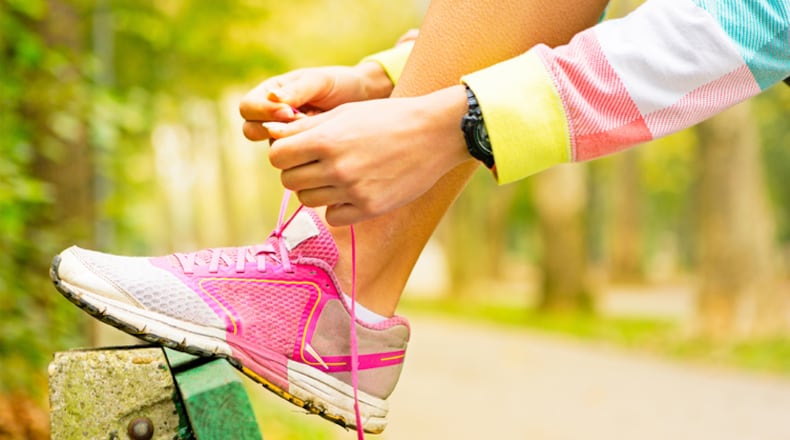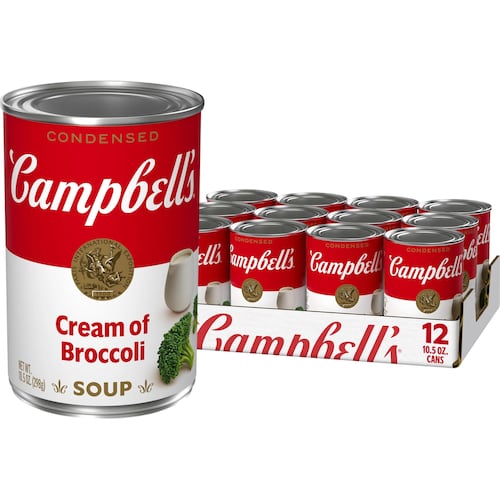Whether you're a casual runner or are training hard for the AJC Peachtree Road Race, your feet can take a repeated pounding. From blisters to swelling to injuries, the following are five ways you should be taking care of your feet after running.
>>RELATED: 7 questions you were too afraid to ask about running
1. Take care of blisters.
After running, inspect your feet and look for problems such as blisters. If you have one, clean it well and apply a pad to help cushion and protect the area. Most blisters will heal on their own, but if you have one that doesn't, you can drain it yourself.
"Most blisters can be drained, but they have to be drained appropriately," Dr. Perry Julien, a podiatrist with Atlanta Foot and Ankle Center, (and a runner himself) said.
First clean the skin, and use a clean, sterile needle to drain the blister. Cover it with antiseptic and a bandage, making sure to leave the skin over the top intact. According to Julien, it acts as the body's own bandage to protect the tender skin underneath.
2. Moisturize.
Most people hit the shower after a run, and afterwards is an ideal time to moisturize your feet. Use a foot cream while you're still damp from the shower, and this will help them retain some of the water to redhydrate your skin. Moisturizing will help ease dryness and also help prevent issues such as blisters and heel fissures (cracks in the skin on your heel).
3. Cool them down.
If your feet feel swollen and achy after you run, soak your feet in cold water. This helps constrict your muscle fibers and blood vessels, which reduces swelling as well as soreness. Add water and ice to a container deep enough to cover your feet, and then soak them for about 10 minutes.
Some runners like to add Epsom salts to the water to reduce swelling, but if you use them too often, they could cause your skin to become dry. If you don't want to soak your feet, you can also try elevating them and applying an ice pack or bag of frozen peas.
4. Massage your feet.
After a run, give your feet a nice massage to help ease soreness. You can either do this yourself, trade foot massages with your running partner or get a professional massage. You're looking for a light massage rather than a deep-tissue version, Julien advised.
Some runners also like to use foot-specific rollers, a tennis ball or a frozen water bottle. Each is the right size and shape to fit into the arch of your foot, and gently rolling it under your foot can help create your own massaging effect.
5. Recognize and address injuries.
If you have discomfort that persists, take five to seven days off, ice the area for 10 to 15 minutes three times a day and wear supportive shoes, Julien suggested. This is enough time to indicate whether a problem is likely to clear up on its own.
"If you still have symptoms after this, it's worth it to see a podiatrist," he said.
Julien also recommended seeing a podiatrist sooner if you have swelling or redness, because that could indicate a more serious problem. Running when you're injured could make it worse and also cause other problems to develop as your foot tries to compensate for the initial injury. Seeing a doctor quickly will help you get the correct diagnosis and get started on a treatment plan that will have you back on the trail, track or pavement.
About the Author
The Latest
Featured

